Across the arte povera
“It will be a disgrace not to answer this lovely invitation from the BAL and the Jeu de Paume, related for the event: a plunge into “the dazzling Italian inventive effervescence of the 1960s and 1970s” by means of 250 works by some fifty artists affiliated with the “various avant-garde to the pop proposal and conceptual iconoclasm” that was arte povera.
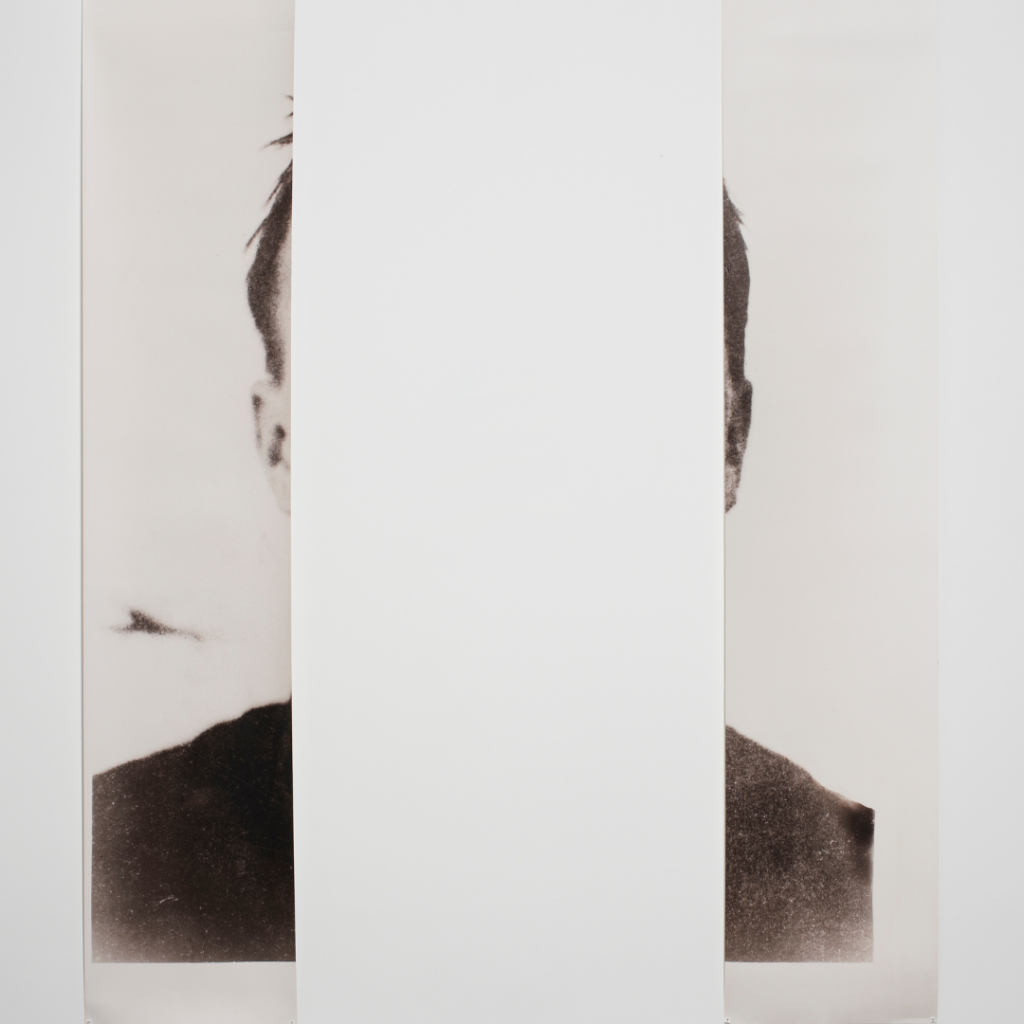
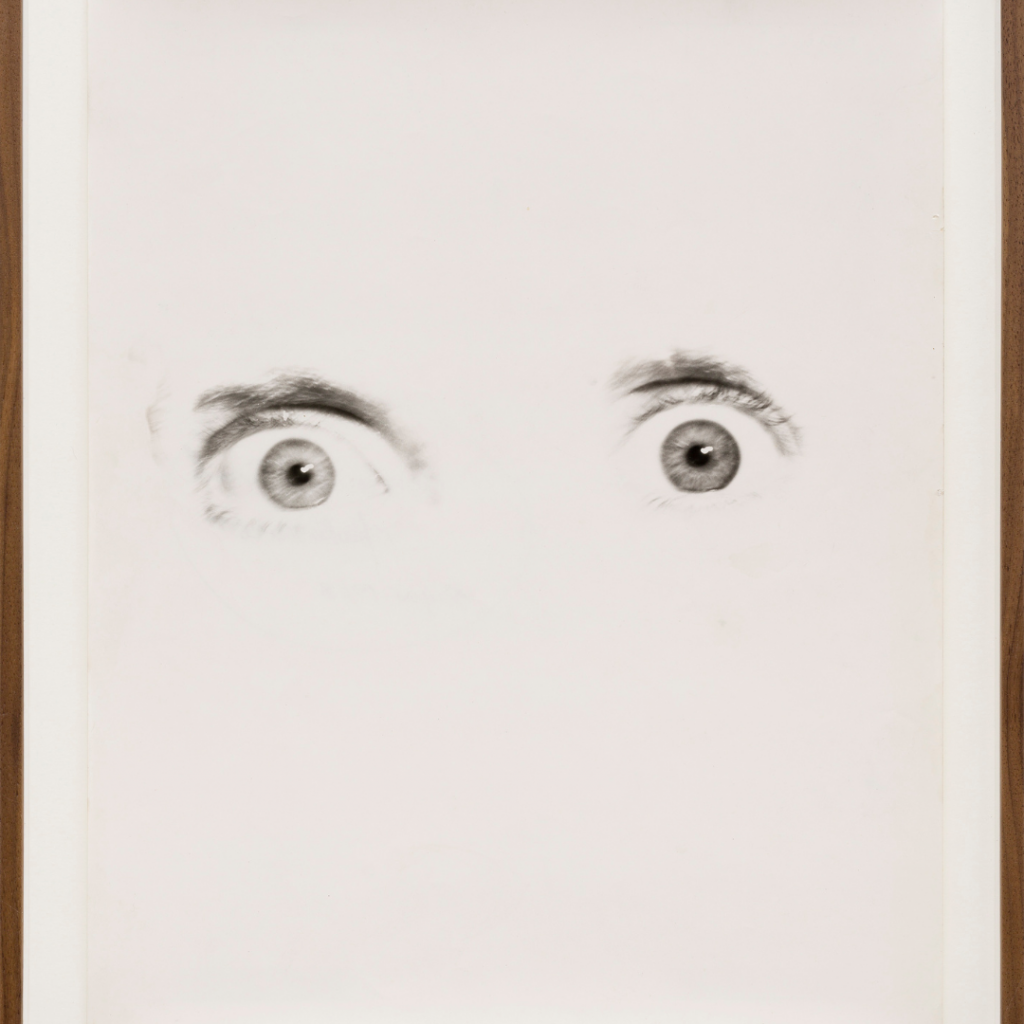
Redoubling the item of want; making the absence actual, distorting this absence; emptying, inverting, chopping, obliterating… inhabiting the image… The revolution of the look operated by the artists of the Italian avant-garde gravitating around the arte povera within the years 1960-1970 was considerable. It isn't shocking also to see its heritage appearing in a really vital approach within the new photographic practices, making of the medium a plastic material in itself (freed from any perform of illustration).
Opposite to pop artwork, the arte povera (an expression which seems beneath the pen of an art critic in 1967) referred to as for a simplification of art, as a lot within the “poor” supplies used as in its language, decreased to its simplest parts, which needed to be in direct reference to the life, by way of the physique, primarily. “Artwork and life are accomplices” then, and through the multiplication of the actions on the street, movies and other performances operate a real fusion. Artwork of the body (lively, put in scene, filmed, theatricalized…), the arte povera was thus to be an art of the picture. Nevertheless, past its documentary position, of recording the performances, it's going to make it additionally its revolution. At the heart of this refoundation of artwork, of this renewal of the pictorial language orchestrated by the motion of the arte povera, the image (images, film or video) was a true “software of liberation of the vision,” stated the director of the BAL through the inauguration of the exhibition.
A revolution of the gaze that summarizes the title of the exhibition (Reverse your eyes), borrowed from a collection of self-portraits made by Giuseppe Penone in 1970: staging himself frontally or posted in the landscape, outfitted with a contact-lenses mirror, he allows us to see the picture of a reflection whereas blinding … Disturbing mise en abîme of the image and its loss, making the border between the seer and the blind porous: What can we see? The panorama or its subjective interpretation? What can we see? A face, the opposite… or ourselves?
“The mirror pushes us ahead, in the future of the pictures to return, and on the similar time it pushes us again within the course the place the photographic picture arrives, that's to say prior to now,” says Michelangelo Pistoletto, who, together with his well-known paintings-mirrors, was undoubtedly one of the first to “violate the area of the painting,” to “disturb this pictorial autonomy of the work” making its authority, by forcing the spectator to enter, and thus the life, within the work…
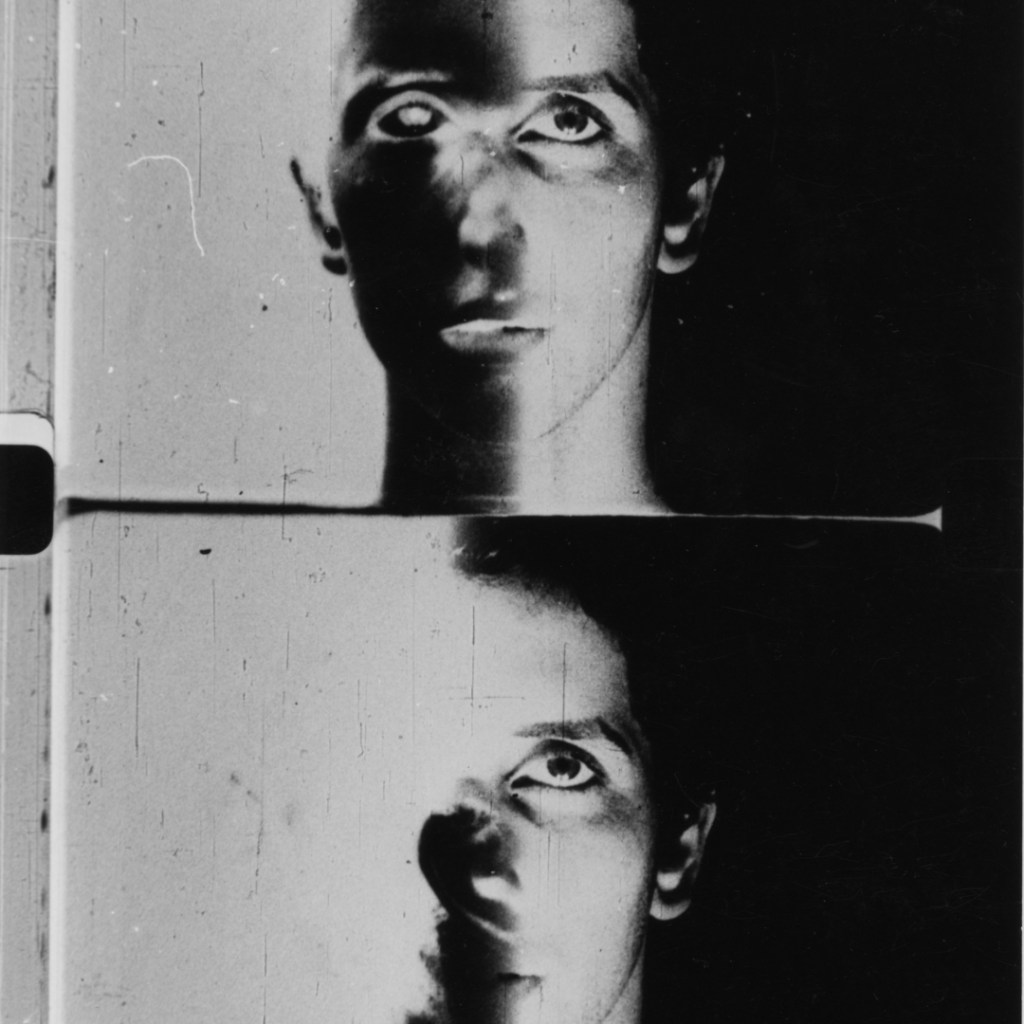
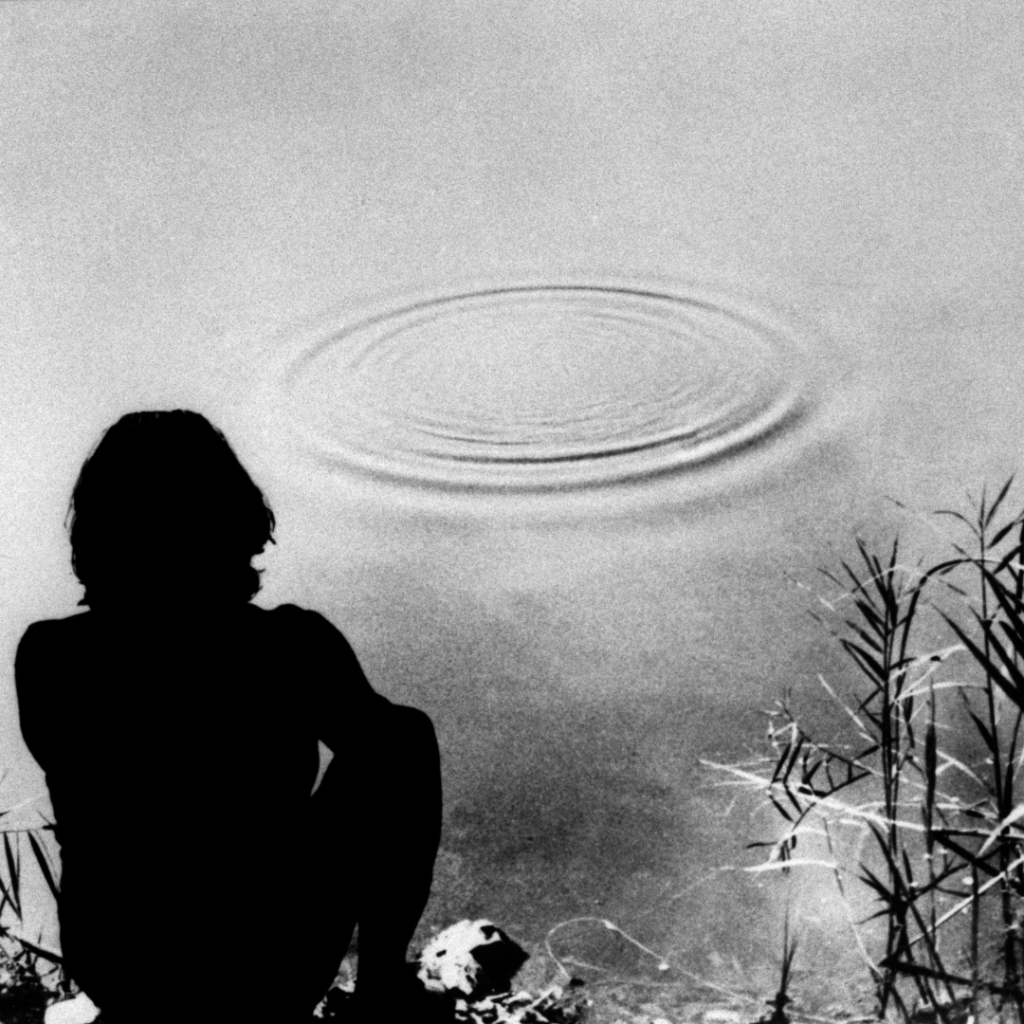
It is, furthermore, a true crossing of the work that Giovanni Anselmo operates by spanning a slope beneath the attention of the digital camera, fixing the landscape in an outsized all-over, making it depart the actual scale to literally enter within the work (Entrare nell’opera, 1971 1).
Michelangelo Pistoletto proposes to take possession of the pictorial area together with his paintings-mirrors, as well as together with his hollowed-out portraits (The Ears of Jasper Johns, 1966). Collaborating in a type of “deconstruction of the images,” the collection of the Verifications (Le Verifiche, 1968-1972) of Ugo Mulas puts in scene, as for it, the artifices of the picture.
A mirrored image on “the authority of the images” for the least of actuality, which can lead a lot of artists of the movement, by games of detour, superimpositions, of frame in the body, of image of image, to convey out the materiality of the images and even to place it within the foreground to make of it the fabric of the work. Taking thus the fragility of the picture to its own lure, Claudio Parmiggiani, in his collection of works-shadows, reduces the thing, supposedly “delocalized” (Delocazione), to its hint: self-portrait decreased to the shadow of a silhouette, canvas permitting solely the hint on the wall of a disappeared portray … We see right here all of the poetry of the gesture enjoying with the frail border between the visible and the invisible on the origin of images and the paradox of the image “[using] the photographic medium, art of the presence, to ratify, to make ‘seen’ the disappearance of the represented object and its writer.”
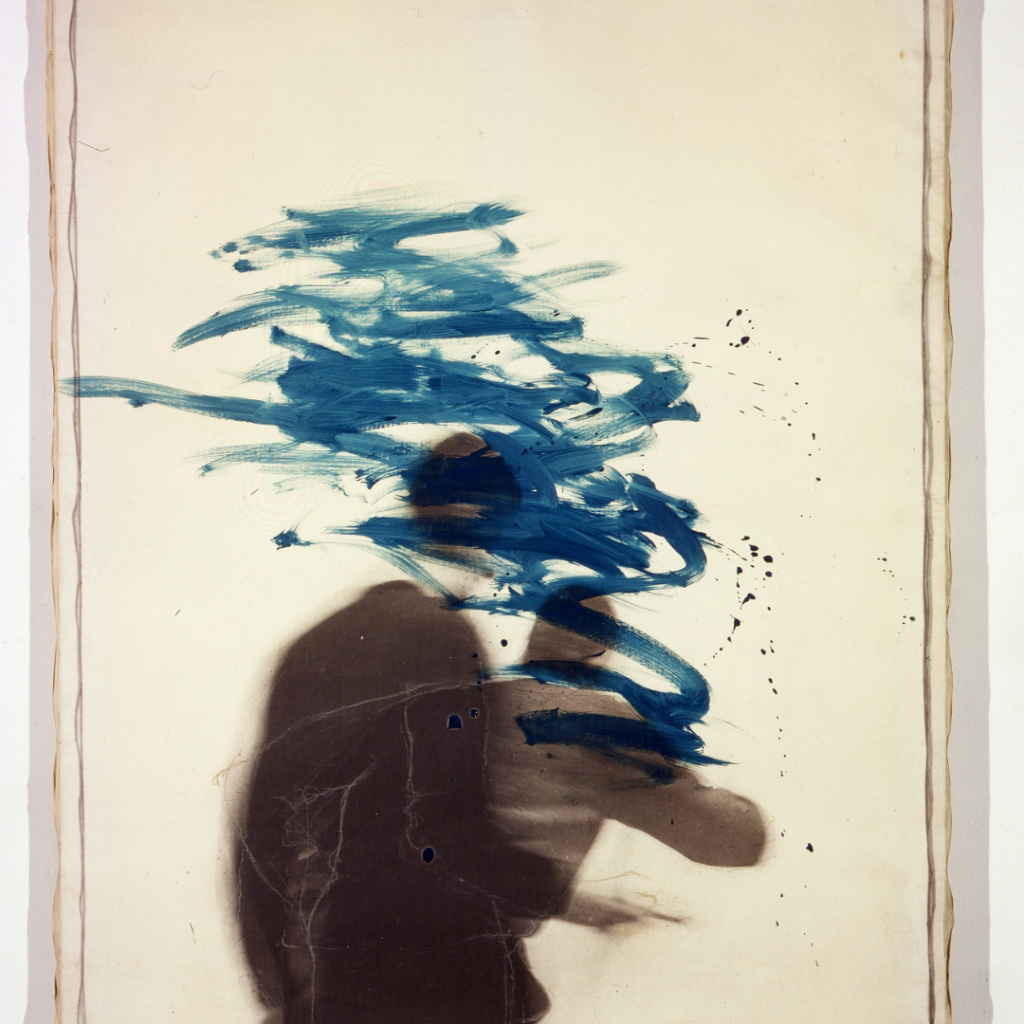

See focus / work Acumen #28
Reversing the eyes – Across the arte povera
At the BAL and the Jeu de Paume
Till January 29th
Credits ©
@Michelangelo Pistoletto
@Carlo Favero
@Paolo Gioli
@Gino De Dominicis
@Paolo Vandrasch
@Luca Maria Patella
Stéphanie Dulout
L’article TO REVERSE ITS EYES est apparu en premier sur Galerie Joseph.
Comments